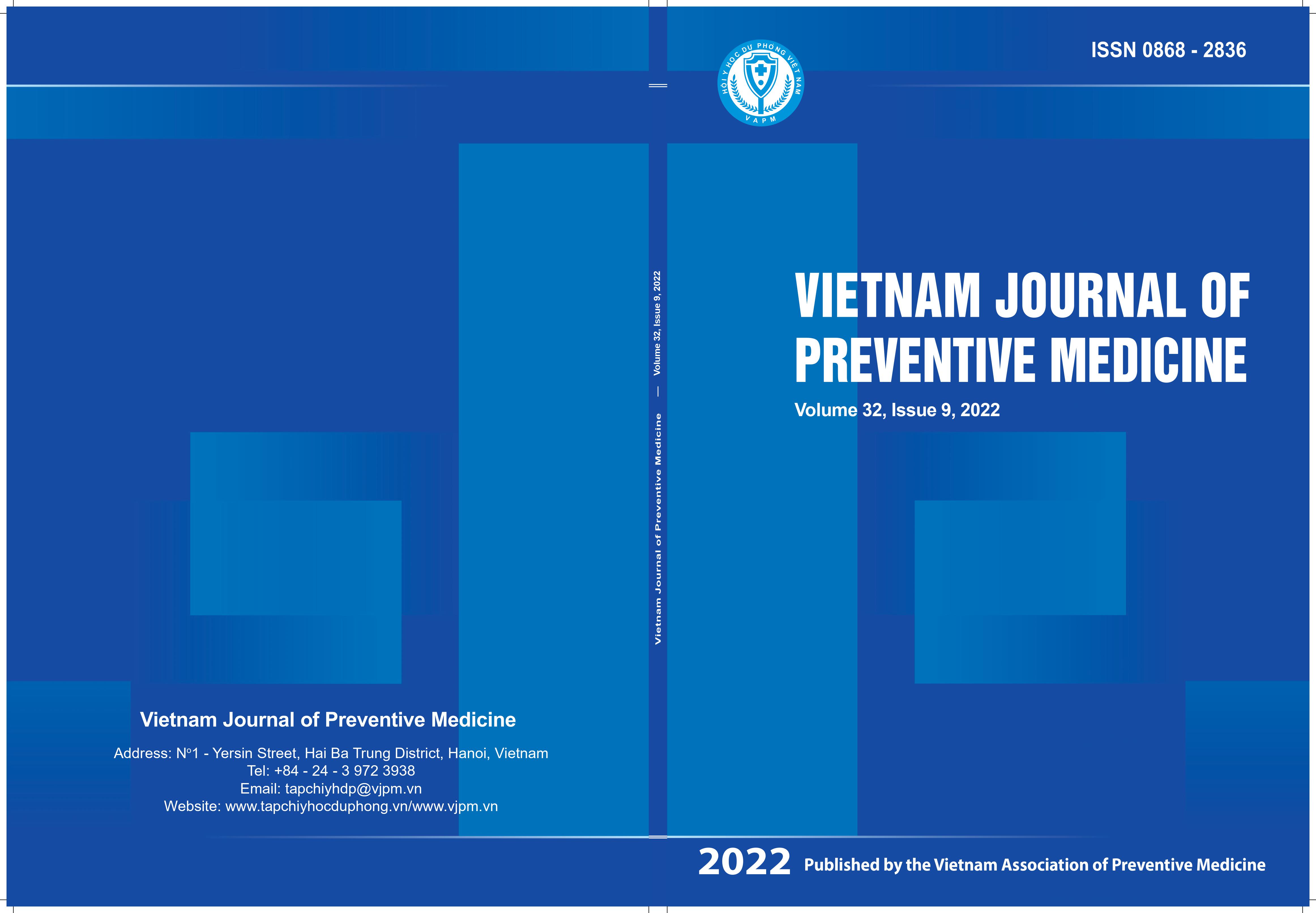Estimating the base rate by using unit cost analysis approach to design capitation payment method at primary health care level: A case study of Minh Hoa district, Quang Binh province
DOI:
https://doi.org/10.51403/0868-2836/2022/920Từ khóa:
Provider payment method, capitation, unit cost, base rate, primary health careTóm tắt
Strengthening and innovating the healthcare provider payment is being an important solution to improve operational and financial efficiency and the quality of health service delivery at the primary health care (PHC) level. This study applied cost analysis to measure the unit cost in the determination of base rate for the capitation payment method by combining the top - down and bottom - up calculations along with step-by-step cost allocation. All costs include full components as prescribed by the government. Results showed that the base rate of health facilities was higher than the average cost of current health insurance paid by fee-for-services method. In addition, the district hospital illustrated the highest difference when comparing the capitation fund to outpatient visits cost based on cost analysis with a reduction of 79.9%. Most of the Commune Health Centers (CHCs) received the capitation fund that was higher than outpatient visits cost in 2018, exception for CHC at Quy Hoa. The research provides scientific evidence to help policy makers design and develop the system of capitation payment method at the PHC level based on the cost analysis approach.
Tải xuống
Tải xuống
Đã Xuất bản
Cách trích dẫn
Số
Chuyên mục
Giấy phép
Giấy phép xuất bản số: 150/GP-BTTTT cấp ngày 8/5/2014;
Giấy phép hoạt động báo chí điện tử số 322/GP-BTTTT cấp ngày 15/6/2016.


